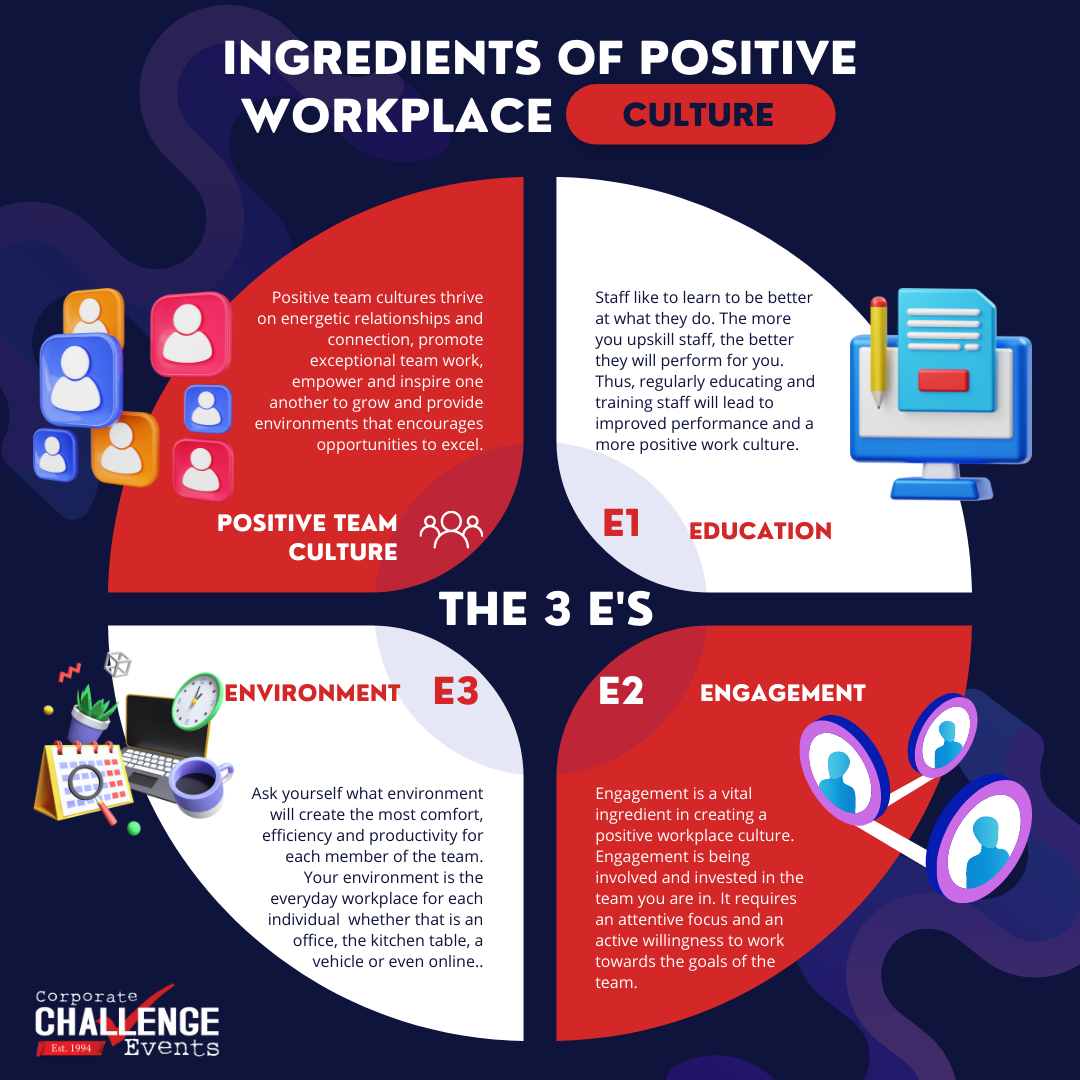In the business world, there is a new type of leader emerging. They are called progressive leaders. Unlike traditional leaders who focus on tasks and goals, progressive leaders focus on the development and growth of their people. They understand that in order to have a high-performing team, you need to create an environment where people feel engaged and supported.
Progressive leadership defined
Progressive leadership is defined as a way of thinking and acting that is forward-thinking, open-minded, and people-centered. It is a type of leadership that is based on the belief that people are the most important asset in any organisation.
Many will argue that you are either born a leader or not. But the truth is, anyone can become a leader if they have the right mindset. If you want to be a progressive leader, it starts with changing the way you think about leadership. It is not about power or control, it is about influence and inspiration. It’s about asking the question why not? instead of why?
Leadership is not about title or position, it is about action and impact. Anyone can be a leader, regardless of their title, position or organisation. When you adopt the right mindset to leadership you can apply this revolutionary style to all aspects of life whether it be the c-suit boardroom or the local sporting group. The most important thing is that you are willing to take action and be the change that you want to see in the world.
A progressive leader is someone who is not afraid to challenge the status quo. Rather than looking to solutions of the past, they are always looking for new and innovative ways to solve problems. They understand that the world is constantly changing and that in order to stay ahead of the curve, you need to be open to change as well.
As Albert Einstein said,
‘We cannot solve our problems with the same thinking we used when we created them’.
Why is progressive leadership important?
One study found that progressive leadership practices are associated with increases in job satisfaction, organisational commitment, and team performance. So not only is this type of leadership good for your employees, it’s also good for business!
Some of the world’s most successful leaders have adopted a progressive approach to leadership. For example, Bill Gates has said that “if your goal is to help people, then you need to start with their needs”. This philosophy has guided his work at Microsoft and helped make it one of the most successful companies in the world.
Sheryl Sandberg, Facebook’s Chief Operating Officer, is a vocal proponent for women in leadership. She has famously stated, “In the future, there will be no female leaders. There will just be leaders,” reflecting her belief that leadership transcends gender. Her commitment to this principle has guided her efforts to foster a more inclusive work environment at Facebook.
These leaders have changed the way we think about leadership. They have shown us that a people-first approach can lead to success both in terms of employee satisfaction and business outcomes.
The three E's to a People-First Approach
Progressive leadership is about people first. Leaders who focus on their team’s development and well-being create an environment that supports employee growth. This, in turn, results in higher levels of engagement and motivation, which leads to better business outcomes.
Lets break that down a bit more… to be a progressive leader you must focus on development and well-being (education) and create an environment to support this. When combined these two key focus areas,it will lead to greater engagement which ultimately leads to a high-performing team.
If you have read any of my articles before then you will know that I am an advocate for the 3 E’s…
I believe in order to lead a high-performing team you must first master the art of…
Education
Engagement
Environment

Education
The first step to becoming a progressive leader is to focus on education. As a leader, it is your responsibility to provide your team with the knowledge and skills they need to be successful.
This can be done through formal training programs, mentorship, or simply by sharing your own expertise with them. You will find career growth, opportunity and challenge in many articles by industry professionals and scholars as three leading reasons why employees stay with an organisation.
Staff like to learn to be better at what they do. The more you upskill staff, the better they will perform for you. Thus, regularly educating and training staff will lead to improved performance and a more positive work culture.

Engagement
Engagement is all about creating a workplace where employees feel valued and motivated. This can be done by providing opportunities for employees to contribute to the company’s success, recognising their achievements, and offering them challenges that stretch their skills.
A study by Gallup found that engaged employees are more productive, have higher levels of customer satisfaction, and are more likely to stay with their company. So it’s clear that engagement is essential to business success.
There are many ways to increase employee engagement. Some leaders hold regular team meetings where everyone has a chance to share their ideas. Others provide employees with opportunities to work on projects that interest them. And some simply take the time to get to know their team members and what motivates them.

Environment
The third element of progressive leadership is environment. This refers to the physical and psychological safety of the workplace. A safe and healthy workplace is essential to employee well-being and productivity.
There are many ways to create a safe and healthy workplace. Some leaders implement policies that promote work-life balance, such as flexible working hours or telecommuting. Others provide employees with access to wellness programs, such as gym memberships or mental health support. And some simply strive to create an open and inclusive environment where everyone feels valued and respected.
It is also important to create an environment that supports education and engagement. This means setting aside time for employees to develop new skills, encouraging them to take on new challenges and making time for engagement initiatives. Leaders should also be open to feedback and willing to learn from their team members.
Final Thoughts
Education, Engagement and environment are three important pillars that every leader should focus on if they want to create a high-performing team. As a leader, it is your responsibility to provide your team with the knowledge and skills they need to be successful.
When you put the three E’s together, and adopt a progressive mindset you have a recipe for success. So what are you waiting for? Get out there and start leading your team to greatness!
What do you think about the three E’s? Let me know in the comments below! And if you liked this article, please share it with your network!






Recent Comments